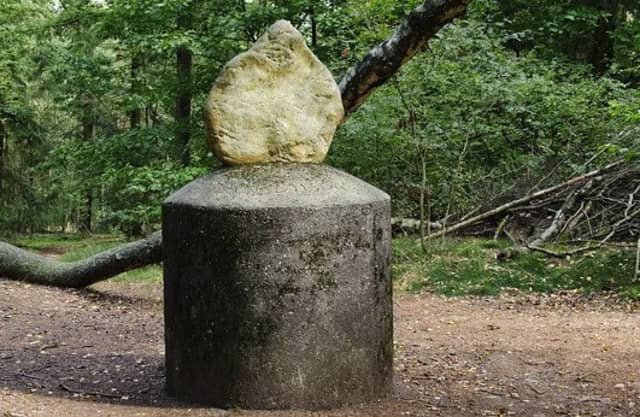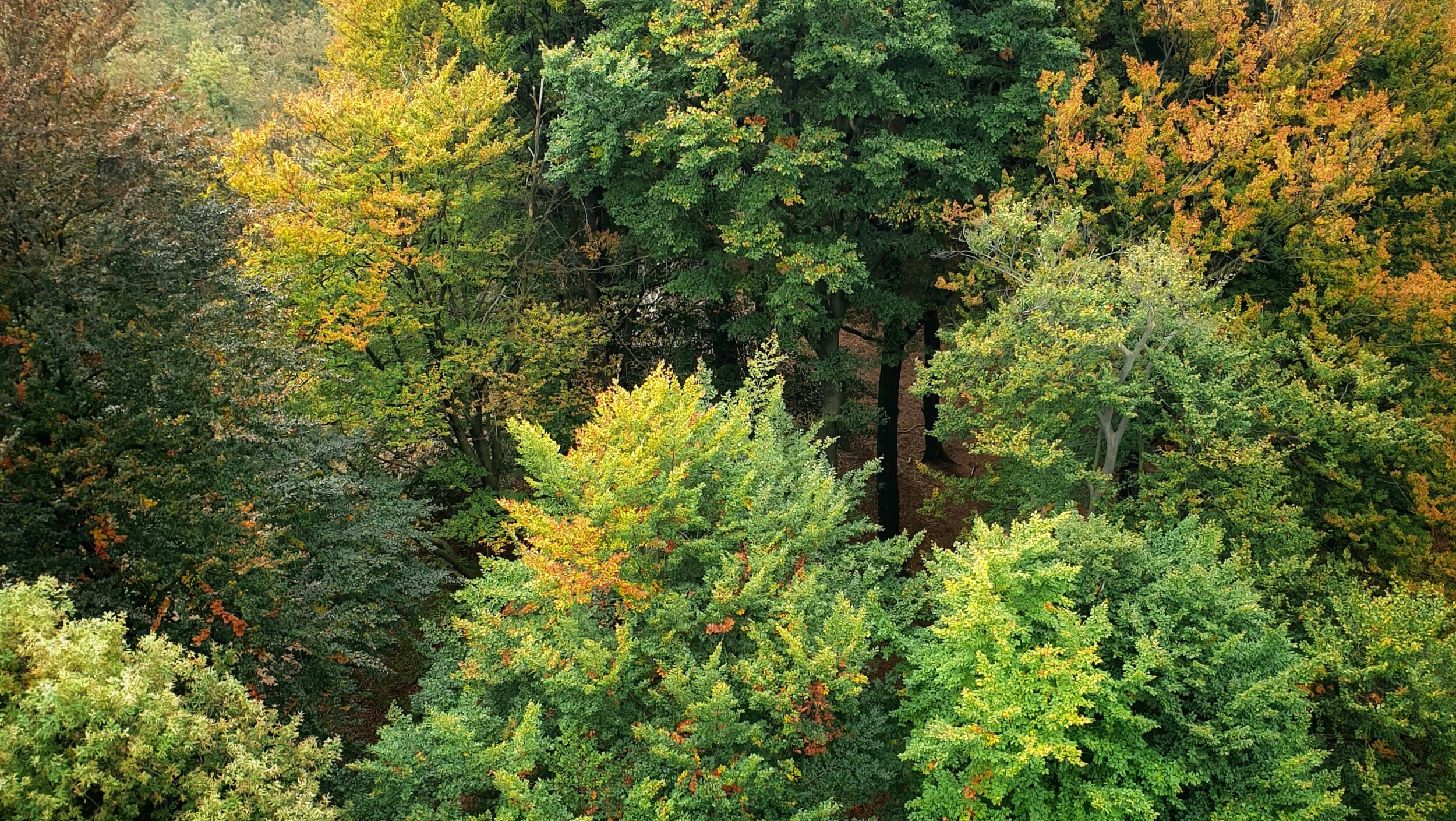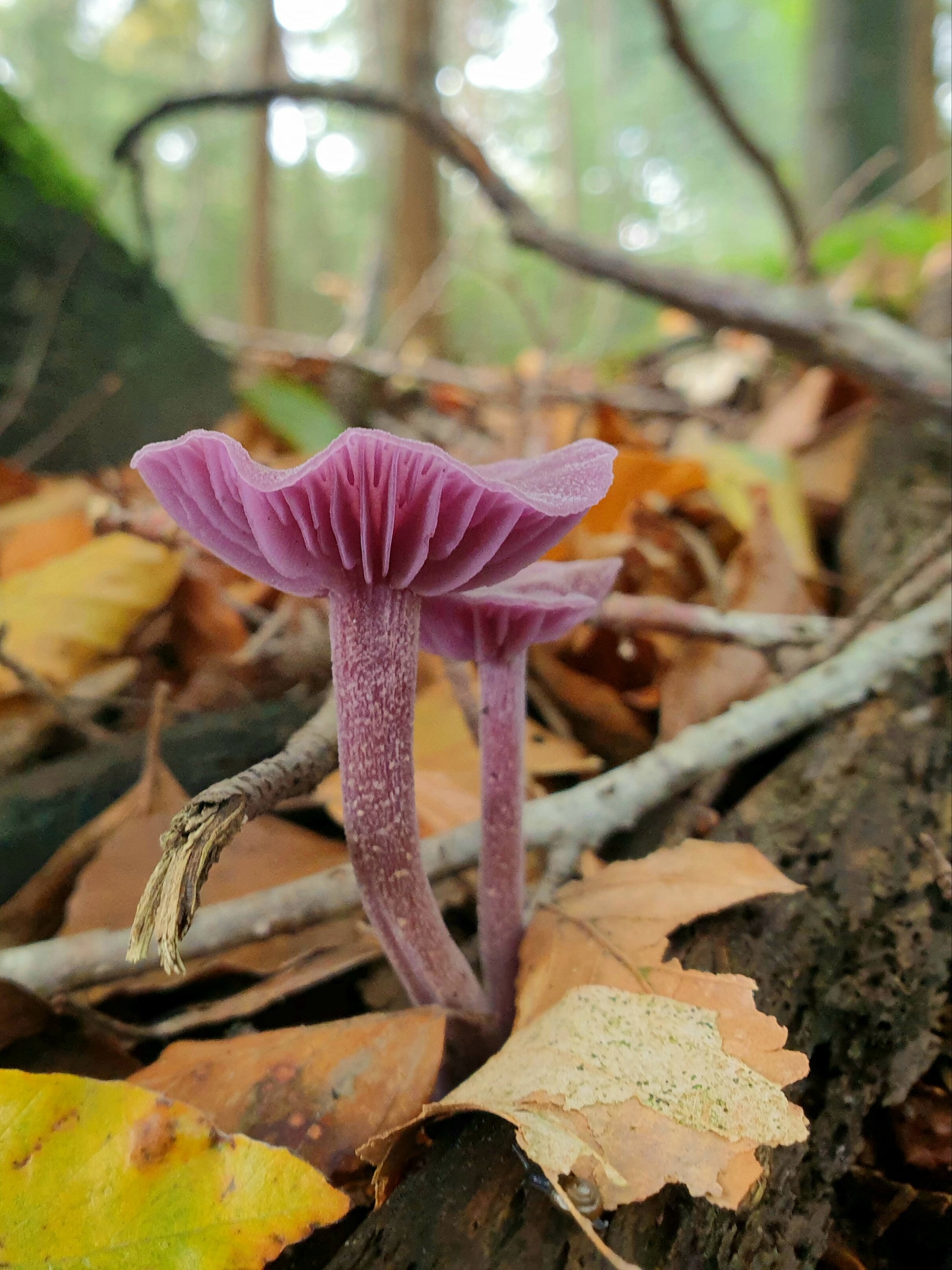Autumn in the Netherlands
Autumn in the Netherlands
Autumn is my favourite season, and what a spectacular season Autumn is. Before the cold, dark, bleak winter days eventually start, there is always one last hurrah to be had by nature and something that can be enjoyed by all.
Autumn is nature's unique way of celebrating the wonders of the natural world, one last time, with a visible crescendo of vibrant colours, earthy smells and a unique ambience delivered by the change in weather conditions, from warmer days to cold.
As the weather and climate start to change, the wind begins to blow from a new direction. The pattern in temperature changes, and so too does the landscape's appearance, with the falling of leaves in a range of lively colours, the smell of the moist, humid soil, and the dramatic morning mists that frequently shroud the evergreen forests, deciduous woodlands and the endless flat landscapes.
Amantia muscaria, commonly known as the fly agaric or fly amanita. Native throughout the temperate and boreal regions of the Northern Hemisphere.
Like most places found in temperate climates autumn is such a phenomenal season in the Netherlands, and it is a season that will arouse the senses by being nature being seen, smelled, heard and felt!
Away from the urban areas of Amsterdam, Rotterdam and the Hague, there are many ways and interesting places to seek out some much-needed peace and quiet during this Autumn season.
For me, and my interests with everything outdoors, the forests and woodlands of the Netherlands continually offer that perfect release and the chance to simply down tools, forget about work and enjoy the fresh air. During the Autumn break, I managed to find time to go outside for a much-needed walk and then focus on some of the finer details that make this time of year exciting and inviting.
View of the autumn canopy from the top of the Doornse Kaap Doornse Kaap - Wikipedia An impressive viewing point.
Leaves changing colour
Strong colours in this fallen leaf.
One of the most striking changes at this time of year is the dazzling display of gold or crimson leaves, which is one of autumn's defining features. If you venture into the woodlands and forests of the Netherlands, look up or even look down, when you are above the alluring tree canopy, you can observe the wide range of stunning colours and the leaves beginning to turn gradually, day by day.
There are many wonderful places to visit and witness the leaves changing, but one of my favourite locations where you can observe the trees from above is the Kaapse Bossen - Nature reserve | Natural monuments (natuurmonumenten.nl).
This delightful woodland area is located close to the village of Doorn, which is situated in the middle of the eye-catching Utrechtse Heuvelrug National Park. Like most natural areas in the region, it is an undulating landscape of small hills and forests full of natural beauty and history.
A walk in this area will mean that you soon find yourself meandering along forest trails surrounded by wide beech lined avenues or along winding forest paths that are home to elegant clusters of old oak copses and the famous Doornse Kei. This boulder is derived from the landscapes of Scandinavia and was brought here by sliding ice sheets in the ice age about 150,000 years ago.
The boulder now takes pride in the forest and can be admired on its pedestal since being put there in 1935. Doornse Kei - Geologisch punt | RouteYou
The Doornse Kei.
The watchtower De Kaap. Image Wikipedia
A little further on from this ancient geological gem is the watchtower De Kaap. Uitkijktoren De Kaap in de Kaapse Bossen - YouTube It is an impressive free-standing structure owned by the Natuurmonumenten. It simple in its design and it is a lot higher than it looks. It provides a great view from the top, with an eye-catching impression of the tree canopy below. You can see pretty much 360 degress and in the distance you can make out the buildings found in the city of Utrecht and Amersfoort.
Once at the top of the tower, you are free to walk around and look at nature all around. It is free, it is enjoyable and you can savour this fantastic annual event in all of its glory.
The leaves changing is an incredible sight to see, and if you like your photography, it makes for the perfect location to come and take a few shots. This change is triggered by autumn's cooler temperatures and the onset of shorter days.
As there is less sunlight cast upon the trees, all deciduous trees stop producing chlorophyll, which is used to convert light into energy and allow them to grow. Chlorophyll is the special pigment that gives all leaves their green colour, and when the production starts to slow down, the chlorophyll levels begin to fade, and yellow and red pigments begin to show and when the temperature cools enough. The leaves all fall off.
More views of the canopy below and the change in colour.
Fruits for foraging
Foraging for fruits is also a great little pastime, and both children and adults seem to enjoy hunting for the fruits of the landscape. Prime foraging season starts from around August to early September, when it is time to look for blackberries. Other fruits will follow the seasonal changes, but due to the lengthening seasons and the climate change, these seem to be changing all the time.
Hedgerows, bushes and the thick forest undergrowth are home to various treats, so it is vital to keep your eyes open for ripe elderberries, sloes, rosehips and wild raspberries.
It is essential to carry out foraging with care as some edible looking berries might be inedible and provide a natural food source for all varieties of wildlife. Animals such as Badgers, foxes, and small birds all feast on these fruits during the autumn months, and they naturally provide a valuable source of energy and nutrients for all types of woodland creatures.
Fungi
Shaggy Inkcap, an edible variety I do believe.
The autumn period is the best time to look for all the different varieties of Funghi. As the temperature changes, so do the weather conditions, meaning colder mornings and wetter conditions.
The damp weather conditions during the autumn provide the ideal conditions for all types of fungi to grow, so this dramatic period is when many species begin to thrive. If you look carefully, you will find many different strange and beautiful varieties. They come in a fantastic range of colours, small, big, and even very peculiar shapes.
Even more mysterious are their names – from amethyst deceiver to dead man's fingers and lemon disco to bearded tooth. These fabulous fungi are attractive to the eyes and certainly capture the imagination.
When out on a walk, many cool apps help log and identify species as you stumble across them. The app called A Community for Naturalists · iNaturalist is particularly good as it enables you to not only capture rare species out in the field. It also logs them and cross-references them with millions of other users, who draw upon their knowledge and interests.
I was introduced to it by a friend of mine and thought it was an excellent app on your phone. Often I have seen something interesting, not knowing what it was called or even what it is. Now the possibilities are endless, and it is well worth a look.
You can enjoy and follow this particular route along with many other routes here: Wandelroute Hoogtepunten Kaapse Bossen - Doorn | Natuurmonumenten
Another beautiful small mushroom growing in the undergrowth. Although many of these mushrooms are attractive to look at, there are poisonous varieties, so it is important to look up a guide: Wild UK Mushrooms (Fungi): Guide to Identification & Picking (wildfooduk.com) to see what you are looking at beforehand.
Laccaria amethystina, commonly known as the amethyst deceiver, is a small brightly coloured mushroom, that grows in deciduous and coniferous forests. The mushroom itself is edible but can absorb arsenic from the soil. Because its bright amethyst colouration fades with age and weathering, it becomes difficult to identify, hence the common name "deceiver".
For more images please follow my Instagram page @garethmate
Treelined avenues, so typical of the area.










